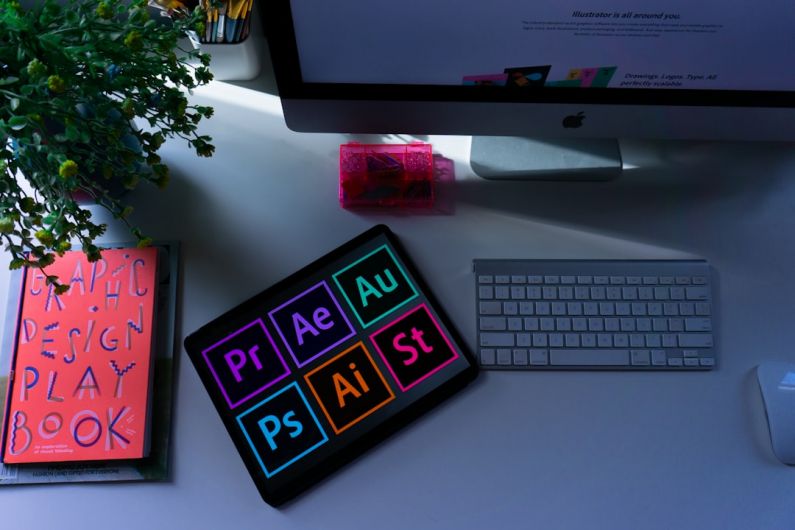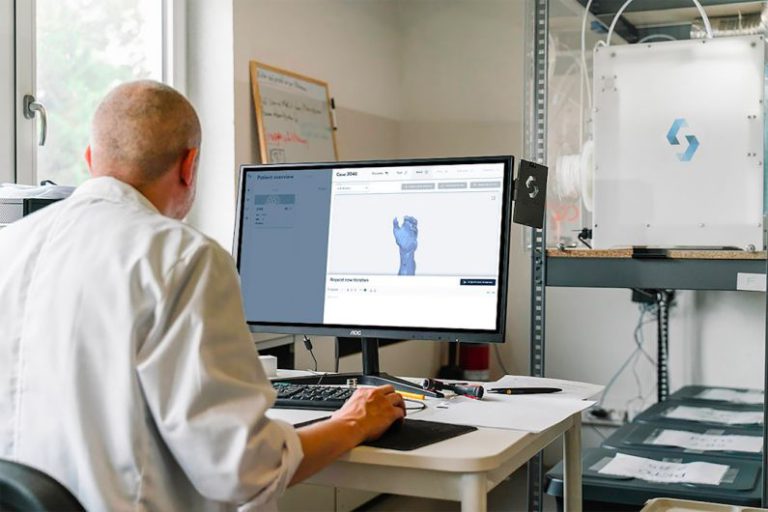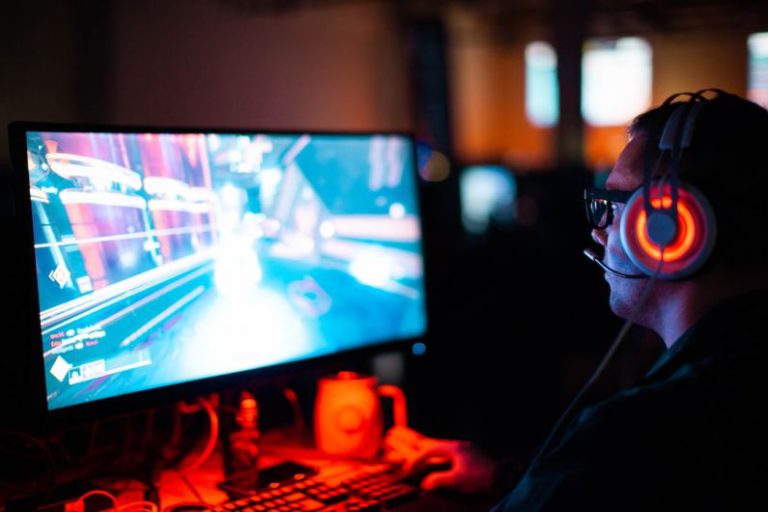Building a Pc for Graphic Design: Components and Software
Graphic design is a demanding field that requires powerful hardware and specialized software to bring creative visions to life. Whether you are a professional graphic designer or an aspiring one, having a custom-built PC tailored to your specific needs can significantly enhance your workflow and productivity. In this article, we will explore the essential components and software you need to consider when building a PC for graphic design.
Choosing the Right Processor
The processor, or CPU, is the brain of your computer and plays a crucial role in handling complex design tasks. For graphic design work, it is recommended to choose a multi-core processor with high clock speeds to ensure smooth performance when running design applications such as Adobe Creative Suite or CorelDRAW. Processors from Intel’s Core i7 or AMD’s Ryzen series are popular choices among graphic designers for their excellent multitasking capabilities.
Selecting Sufficient RAM
RAM, or random access memory, is another critical component for graphic design work as it determines how many applications and design files you can work on simultaneously without experiencing lag or slowdowns. A minimum of 16GB of RAM is recommended for graphic design tasks, but for more demanding projects, 32GB or even 64GB of RAM can provide a significant performance boost.
Investing in a High-Performance Graphics Card
A dedicated graphics card is essential for rendering complex visual effects and handling high-resolution design files. NVIDIA’s GeForce RTX series or AMD’s Radeon Pro graphics cards are popular choices for graphic designers due to their powerful performance and support for hardware acceleration in design software. When selecting a graphics card, consider the amount of VRAM it offers, as more VRAM allows for smoother rendering and editing of large design files.
Opting for a Fast Storage Solution
Storage plays a vital role in the speed and responsiveness of your PC when working on graphic design projects. Opting for a solid-state drive (SSD) as your primary storage device can significantly reduce loading times for design applications and large files. Additionally, consider adding a secondary hard drive or NAS (network-attached storage) for storing project backups and archives to free up space on your primary drive.
Choosing a High-Resolution Monitor
A high-quality monitor with accurate color reproduction is crucial for graphic design work, as it allows you to see your designs as they will appear in print or on screen. Look for a monitor with an IPS panel for wide viewing angles and color accuracy, as well as a resolution of at least 2560 x 1440 pixels for crisp detail when working on intricate design projects.
Essential Design Software
In addition to powerful hardware, having the right software tools is essential for graphic design work. Adobe Creative Cloud, which includes popular applications such as Photoshop, Illustrator, and InDesign, is a staple in the industry and offers a wide range of tools for creating stunning designs across various mediums. Other software options such as CorelDRAW Graphics Suite, Affinity Designer, and Sketch are also popular among graphic designers for their unique features and capabilities.
Color Management Tools
Color accuracy is paramount in graphic design, especially for projects intended for print or web publication. Investing in a color calibration tool such as a hardware colorimeter can help ensure that your monitor displays colors accurately and consistently across different devices and mediums. Additionally, using color management software such as Adobe Color or Pantone Color Manager can streamline your workflow and help you maintain color consistency throughout your design projects.
Enhancing Productivity with Workflow Tools
To streamline your design process and boost productivity, consider incorporating workflow tools into your PC setup. Project management software such as Trello or Asana can help you stay organized and track the progress of your design projects. Screen capture tools like Snagit or Greenshot are useful for capturing inspiration or feedback, while cloud storage services such as Dropbox or Google Drive enable seamless collaboration and file sharing with clients and colleagues.
In Conclusion
Building a PC for graphic design requires careful consideration of the components and software tools that will best support your creative workflow. By choosing high-performance hardware components, investing in essential design software, and incorporating color management and workflow tools, you can create a powerful PC setup that meets your design needs and enhances your productivity. With the right combination of hardware and software, you can unleash your creativity and take your graphic design projects to the next level.






